Products Americans were buying during the pandemic compared to now
Changing shopping habits

Then: face masks
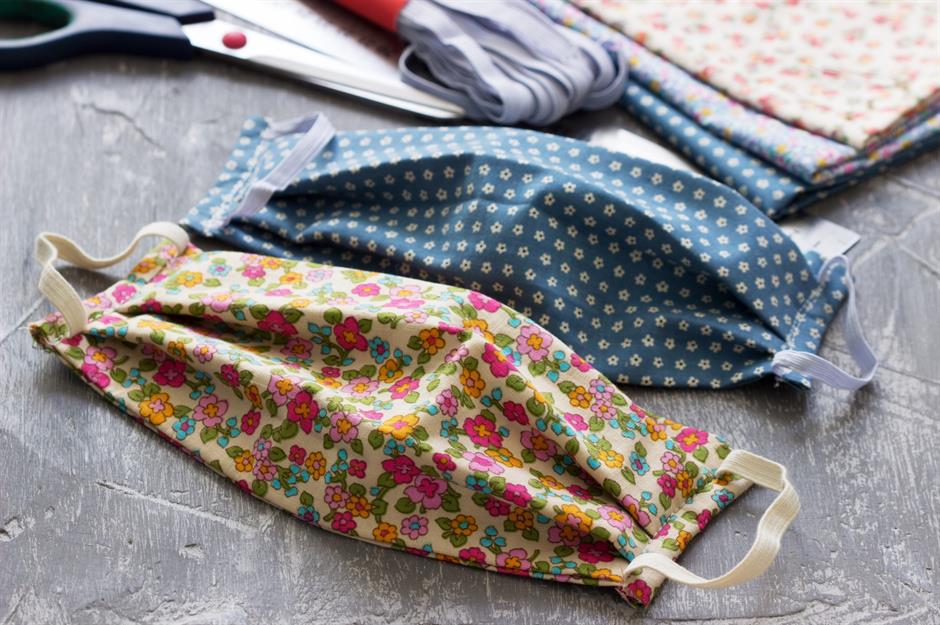
Face masks quickly became mandatory, and as a result sales surged. Online marketplace Etsy sold more than 12 million masks in April 2020, as vendors quickly pivoted to producing homemade face coverings. In fact, of the four million new shoppers that joined Etsy in that month, 25% bought a mask. This trend is now in decline, however, and could completely drop off as the Centers for Disease Control and Prevention (CDC) announced earlier this month that face masks were no longer mandatory for those who had been fully vaccinated.
Now: teeth whitener

Then: hand sanitizer

Hand sanitizer quickly became like gold dust when news of a highly infectious virus hit the global headlines. Amazon, Walgreens and Walmart all sold out of antibacterial gels and sprays online, and the spike in demand prompted a huge hike in prices. One UK-based Amazon seller was selling a bottle of Defendol hand gel, which would normally retail at £3.49 ($4.49), at an astounding £109.99 ($140), CNBC reported. Having emerged from the sanitizing frenzy, and the pungent sterile smell that came with it, shoppers are now after something with a less clinical aroma…
Now: perfume
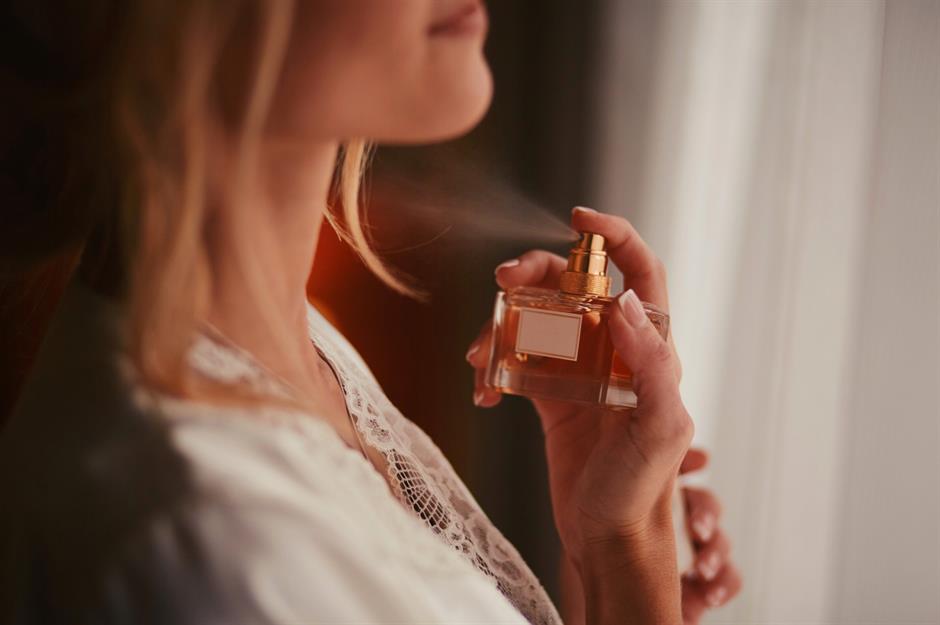
Then: cleaning products

As the COVID-19 pandemic hit, Americans became more conscious of their cleaning routines. Last year, one of the world’s biggest household cleaning product companies, Procter & Gamble, recorded a 9% rise in net sales in the first quarter, followed by an 8% increase in the second quarter. Aerosol disinfectants were particularly popular when it became clear that COVID-19 was an airborne disease, and there was a 385.3% increase in sales in March 2020 compared to the same period the previous year, according to Statista data.
Now: deodorant
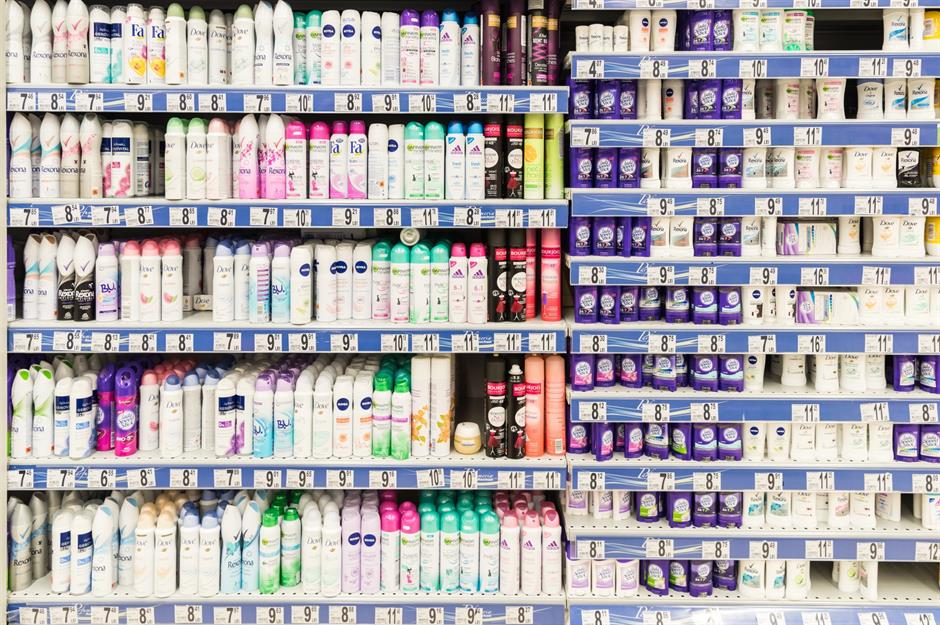
Then: skin care products
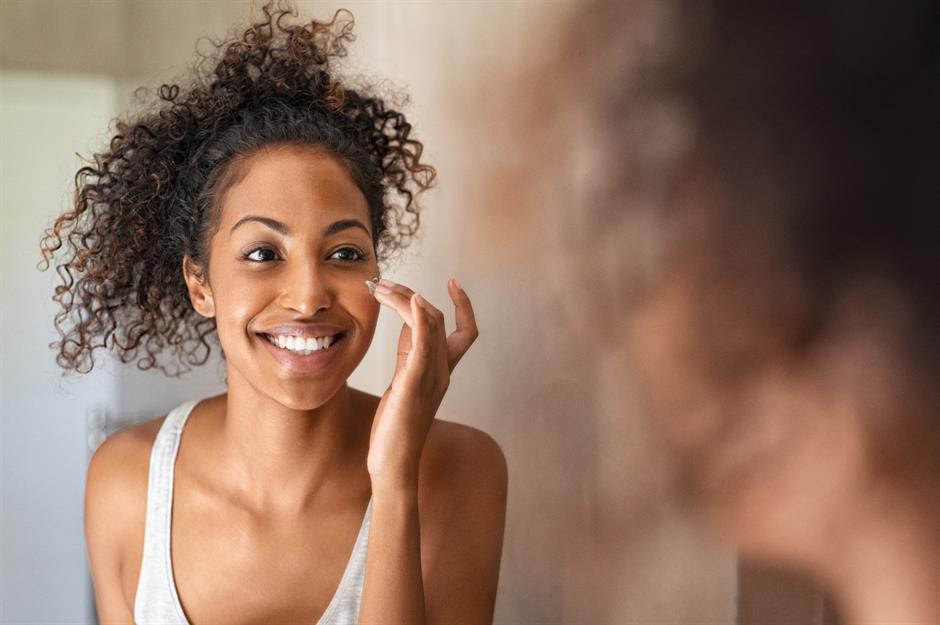
Now: makeup
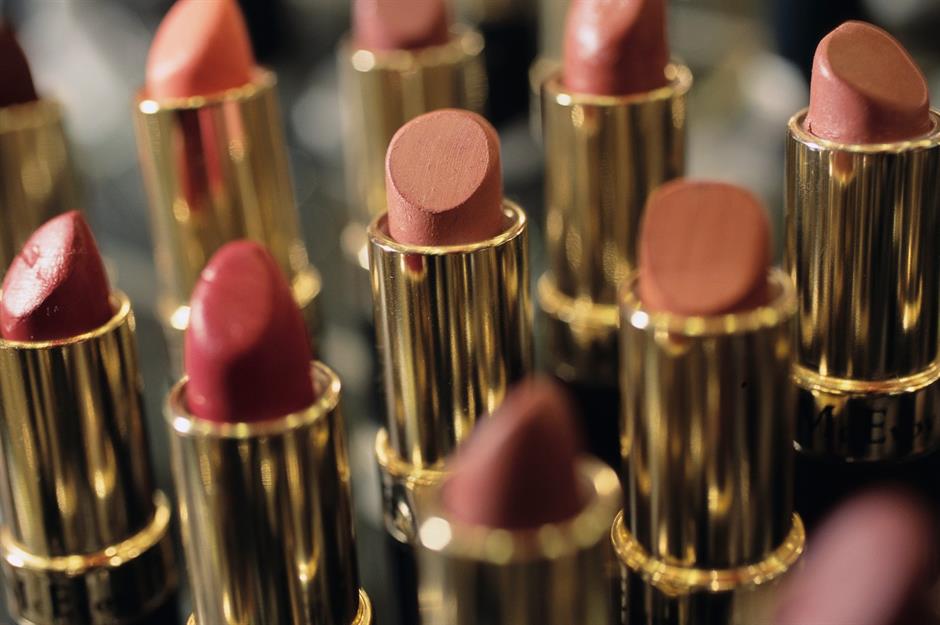
Then: hair dye kits
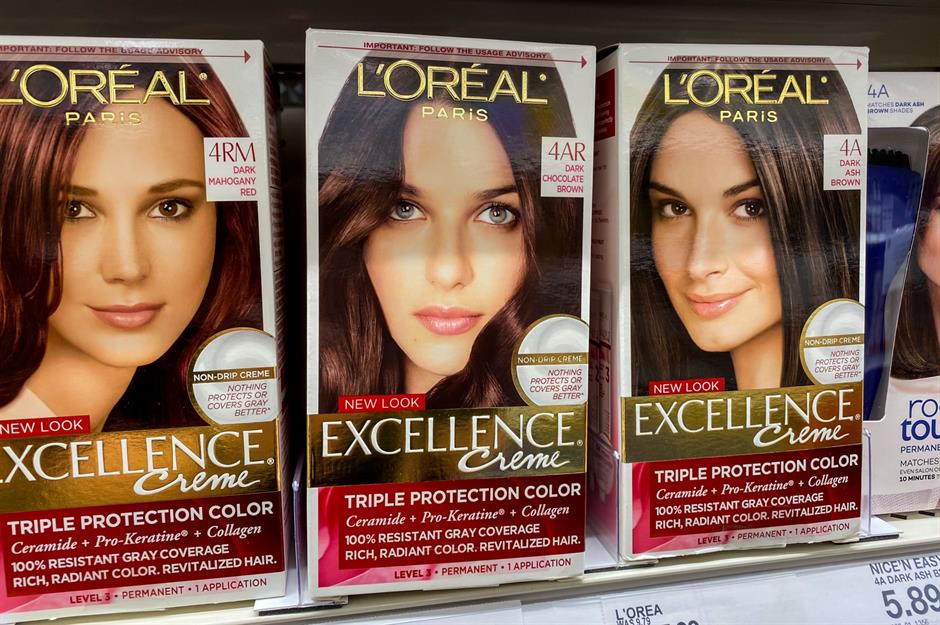
Now: hair salon trips

After months of split ends, faded colors and gray roots, many Americans couldn’t get back into the salon chair quick enough. The Wall Street Journal also reported that customers were spending more money when they did finally get an appointment, with one salon reporting that tips were up to between 25% and 30% per customer, compared to the standard 20% pre-pandemic.
Then: loungewear
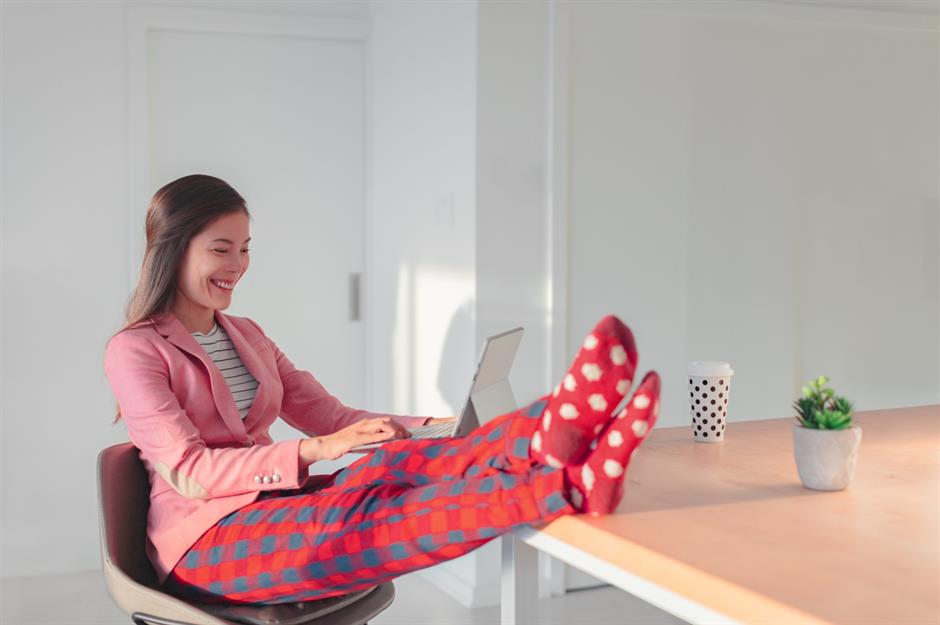
Now: party clothes

Then: home fitness products
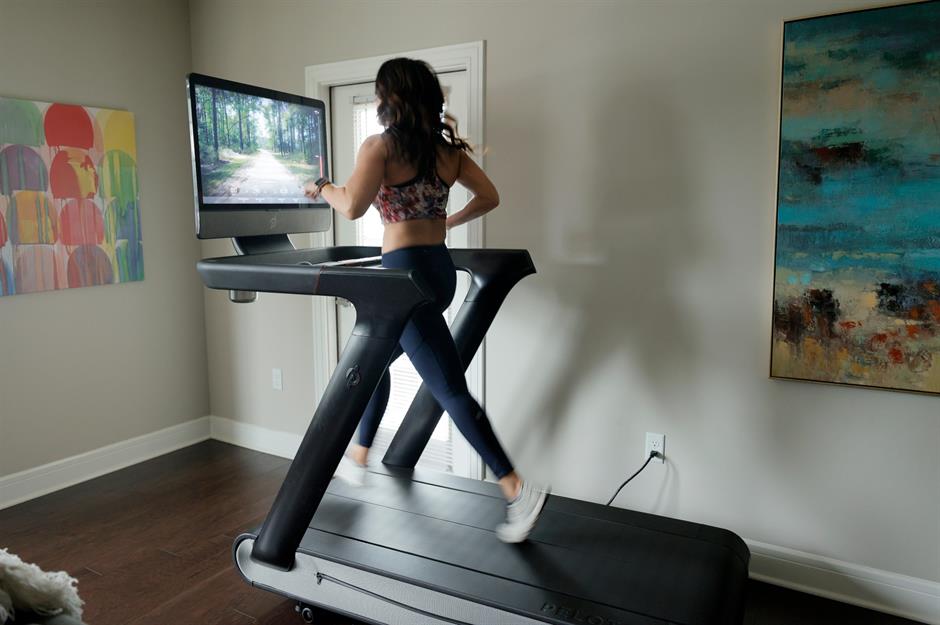
Now: activewear

Americans haven’t ditched fitness now that the world is opening up – quite the opposite, in fact. Around 42% of Americans have gained undesired weight during the pandemic, according to data from the American Psychological Association, while 18% reported undesired weight loss, suggesting that many are keen to hit the treadmill and weight rooms. As a result, people are splashing out on activewear, according to Target, as they prepare to exercise in gyms and public spaces rather than at home.
Now read about the big-name stores closing across America
Then: board games and jigsaws

Now: boarding passes

Then: DIY home décor products

As work video calls regularly displaying the home office to colleagues, many Americans used periods of lockdown to spruce up their interiors. Sales at retailers such as Lowe’s flourished and the average American spent $402 in Home Depot in 2020 as homebound DIY projects became a popular hobby.
Now: partyware

Then: baking essentials

Now: meals out

Americans were quick to throw down their whisks and mixing bowls when restaurants reopened, as diners were lured in by the prospect of having somebody else do the cooking. In March there was a marked increase in use of the reservation platform OpenTable compared to mid-December, the Wall Street Journal reported, while restaurants and bars saw sales boosted by 13.4% in March compared to the previous month, according to the National Restaurant Association.
Then: Netflix subscriptions
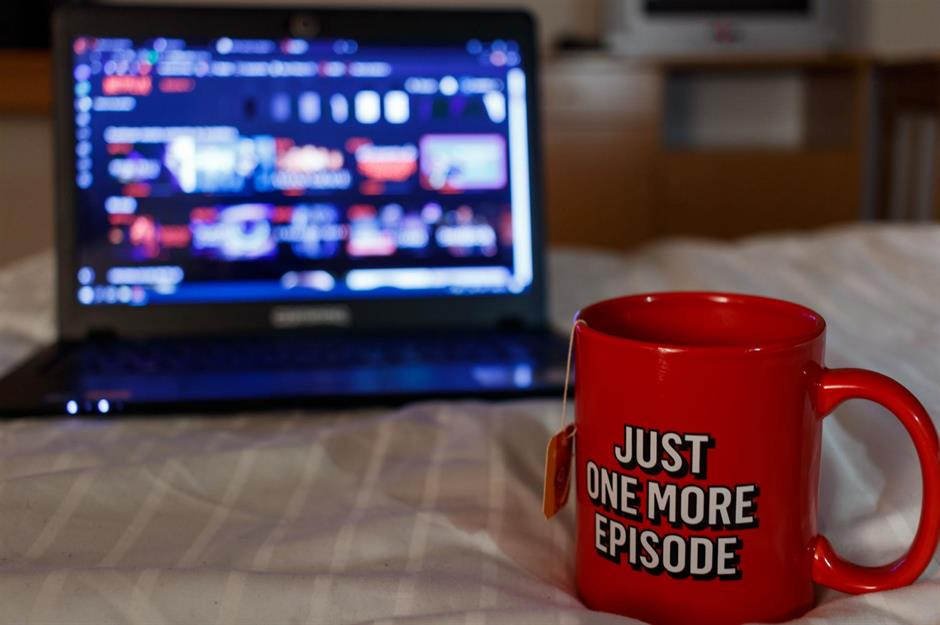
When stay-at-home rules came into force, many turned to streaming platforms such as Netflix to pass the time. Pre-pandemic, the average American subscriber spent two hours a day using Netflix, but that rose to 3.2 hours once restrictions had kicked in, according to Nielson. Globally the service took on 15.8 million new subscribers in 2020 but the company's stock price is starting to tumble as subscriber growth slows and people have more choice in terms of how to spend their free time.
Now: alarm clocks
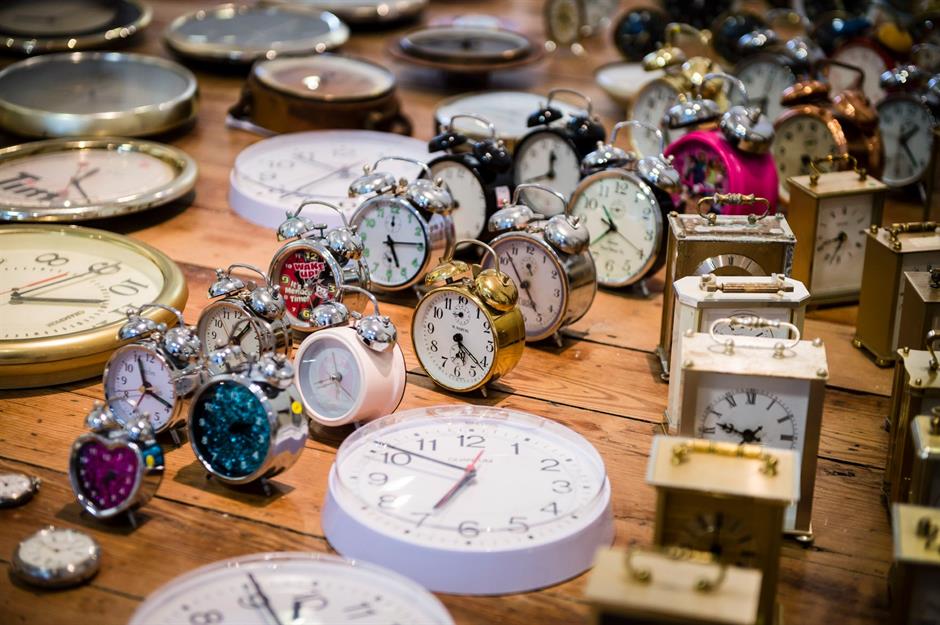
From whiling away the hours to keeping a close eye on the time, Americans have been stocking up on alarm clocks now that they have a whole host of social occasions to get out of bed for. Sales doubled in April 2021 compared to the same month last year, according to a spokesperson from Target.
Now read about Trump's surprise $40,000 bill for the Biden administration
Comments
Be the first to comment
Do you want to comment on this article? You need to be signed in for this feature